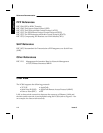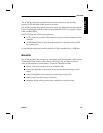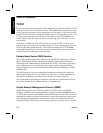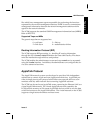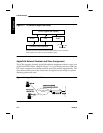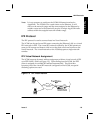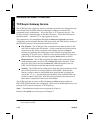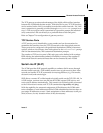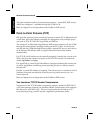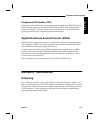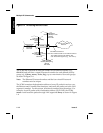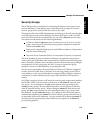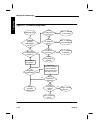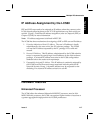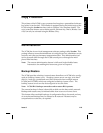
Features
Remote Access Protocols
The total combined number of remote access sessions – when SLIP, PPP, and/or
ARAP are configured – available through the LCS60 is 120.
Refer to Chapter 5 for configuration of the LCS60 for SLIP service.
Point-to-Point Protocol (PPP)
PPP provides point-to-point connectivity between a remote PC or Macintosh and
a LAN host, and is the industry standard. It is designed to carry multiple proto-
cols such as TCP/IP, XNS, IPX, AppleTalk, and DECnet.
The remote PC or Macintosh negotiates the PPP protocol options with the LCS60
through the client software package residing on the PC or Mac. A remote user
can dial into the LCS60 through the data switch, request PPP service, and receive
an IP address, IPX address, and/or AppleTalk network and node number
automatically.
For TCP/IP, the IP address can be statically assigned, if needed (as it can be with
SLIP), and gives the remote user access to the TCP/IP network via commands
such as ftp, telnet, and ping.
For AppleTalk, a virtual AppleTalk address is assigned enabling the remote user
to access AppleShare and remote printer spooling services in various zones in
the network.
For IPX, a virtual IPX address is assigned. The remote user is viewed as a Novell
NetWare client and can therefore access file servers, printer servers, etc., in a
Novell network.
Refer to Chapter 4 for configuration of the LCS60 for PPP service.
Van Jacobson TCP/IP Header Compression
Negotiation of the TCP/IP header compression option is defined in RFC1332. If
your client package supports Van Jacobson Header Compression, then configure
this feature on your Mac or PC. The size of each packet can shrink up to 35
bytes, thereby giving your PPP session a significant performance boost.
1-12 Issue 3



